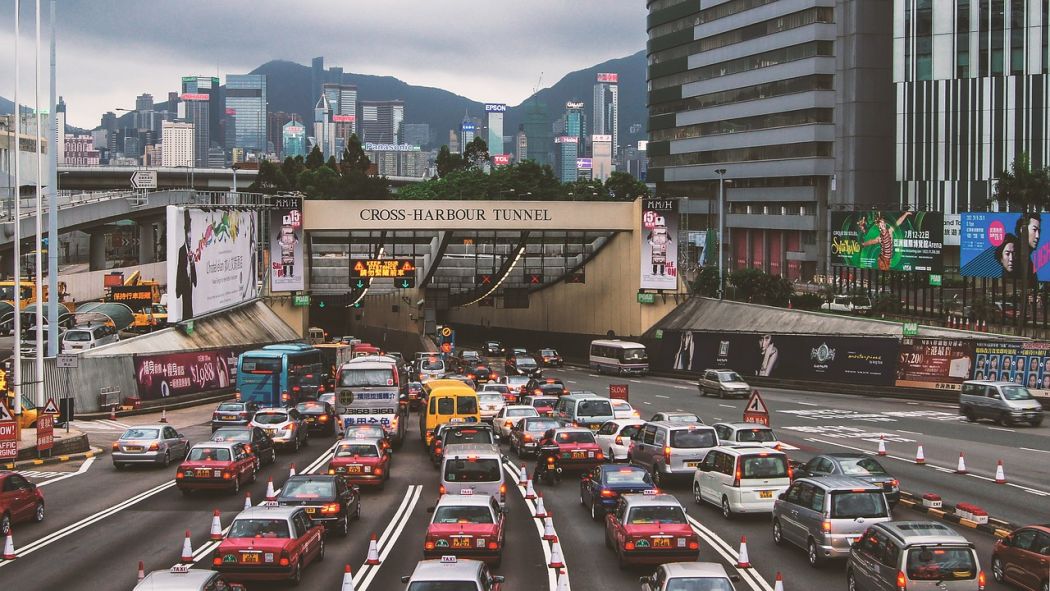Super Typhoon Mangkhut was a harbinger of what climate change is likely to bring to Hong Kong. Can we avoid a future in which such storms – and much worse – become the new normal?
This week government officials and scientists from the Intergovernmental Panel on Climate Change (IPCC) are meeting in South Korea to finish a report on what might happen when global warming (the average global temperature rise above pre-industrial levels) reaches 1.5ºC. The report will also describe measures that might limit warming to 1.5ºC.
Limiting the global rise in temperature to this level is an aspiration of the 2015 Paris Agreement on climate change. However, global warming is on track to exceed 3ºC. That would be devastating for both humanity and nature.

While 1.5 degrees of warming won’t avoid very painful impacts – substantial sea-level rise, more severe storms, longer and more frequent heatwaves, widespread extinctions of vulnerable species, and severe stress on agriculture, to name only a few – staying within this limit could at least moderate the impacts and give communities a fighting chance to cope.
The IPCC’s report will declare that societies are not doing anything like what is needed to limit global warming to 1.5ºC. Doing so will require a radical fall in emissions of greenhouse gases (GHGs), especially carbon dioxide, which comes from the burning of fossil fuels.
Net carbon emissions will have to be all but eliminated in little more than three decades. Doing that will require the world’s energy systems to shift very rapidly away from coal, oil and natural gas.
The IPCC will probably call for a dramatic increase in the use of alternative forms of energy, notably solar and wind, and the elimination of fossil fuels in transport. It is also likely to call for development and deployment of new technologies to extract carbon from the atmosphere.
As Hong Kong cleans up the mess left behind by Mangkhut, it is worth considering what is being done here to limit global warming to 1.5ºC. Alas, if we look at the Hong Kong government’s actions and policies, there’s every reason to be extremely pessimistic.

Indeed, the government is using its enormous resources to make it more difficult to escape our addiction to carbon-based energy.
The Hong Kong government is proactively creating new infrastructure that will lock all of us into growing consumption of energy, much of it coming from fossil fuels. For example, the government is backing construction of new facilities to increase the local supply of natural gas.
The ostensible reason for doing this is to reduce local air pollution, but this ignores the carbon pollution that will add to global warming.
The government is behind the construction of a third runway at the airport. This will facilitate the rapid growth in air travel that is occurring globally. The world’s airlines are one of the fastest-growing sources of GHG pollution. Hong Kong will be complicit in that growth.
The government has built a new road bridge – intentionally without a rail line – to connect Hong Kong to Macau and the mainland. Local and global pollution from the cars and lorries crossing this bridge will add to the pollution from the enlarged airport. (Spare a thought for the residents of Tung Chung.)
Alas, opportunities to benefit from alternative energy in Hong Kong have been stifled by the government. Just as it does not consider bicycles to be serious forms of everyday transport, it doesn’t view solar, wind and tidal power as serious contenders to supply our energy needs.
Energy waste is ubiquitous across Hong Kong: cold air blowing from storefronts onto pavements; frigid offices; lifts perpetually freighted with decorative tiles; bright lights on at all hours, even on the remotest roadways; idling buses stuck in traffic.

Perhaps most egregiously, through its housing programmes the government is locking millions of people into homes that will leave them little choice but to consume far more energy than necessary (and to pay for it).
It is building tens of thousands of new flats, nearly all of which will be concrete energy hogs without even the most basic means for saving energy, such as modern thermal insulation and the latest window technology.
The government is taking Hong Kong in exactly the wrong direction. If a prosperous community like Hong Kong is moving in the wrong direction, what chance is there of less affluent communities doing what is required?
Surely government officials are aware of Chinese President Xi’s call for an “ecological civilization.” But they have diverted all their attention and expertise to political control. Environmentalists appear to be among the government’s perceived enemies.
Government officials always seem to think that they know what’s best for Hong Kong. If their failure to recognise the urgency of acting to limit global warming is any indication, the truth is just the opposite.
